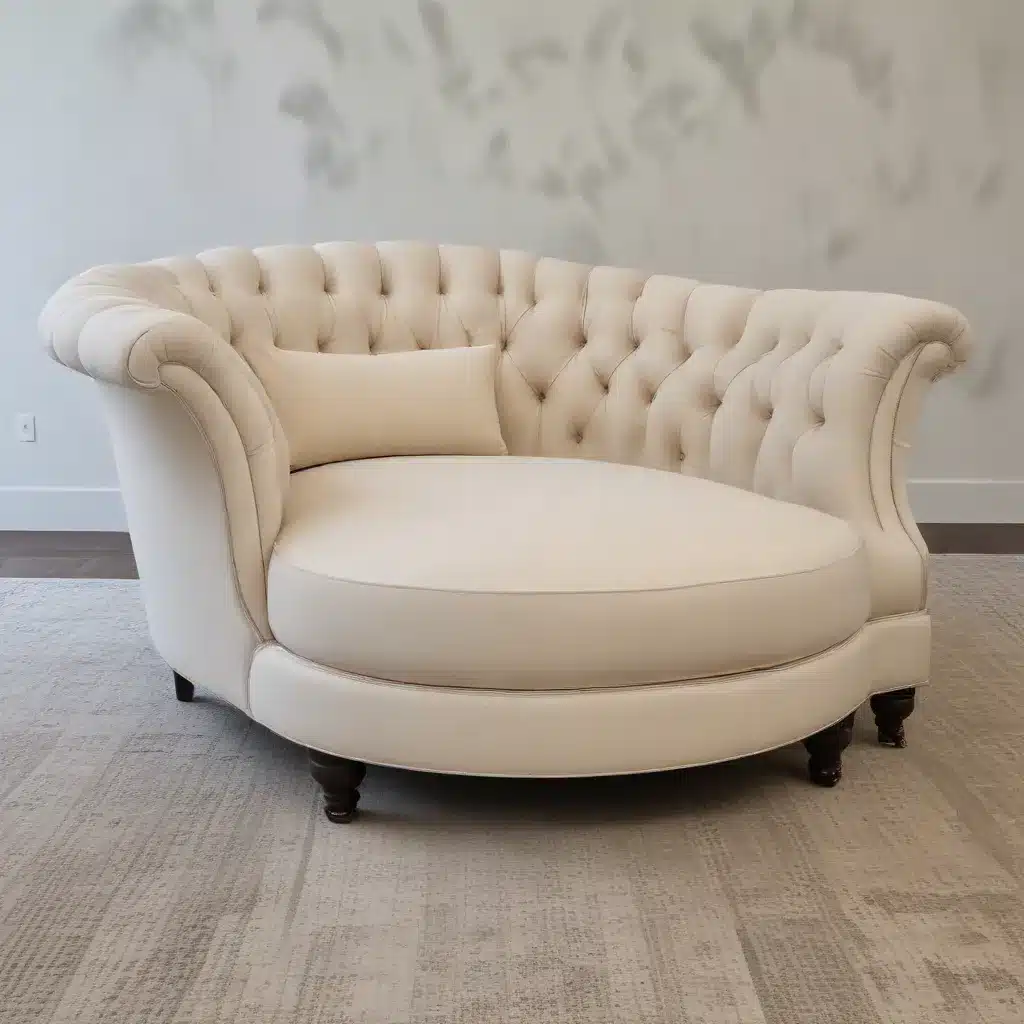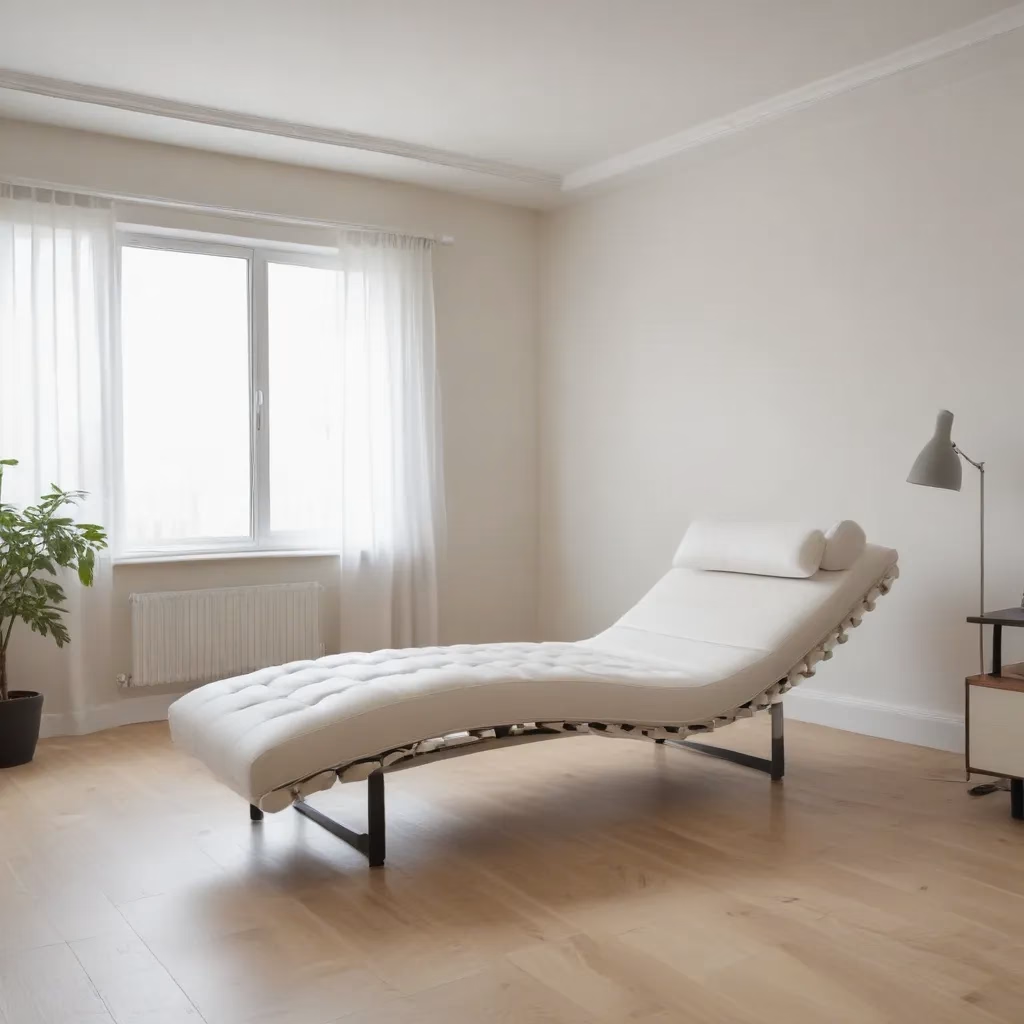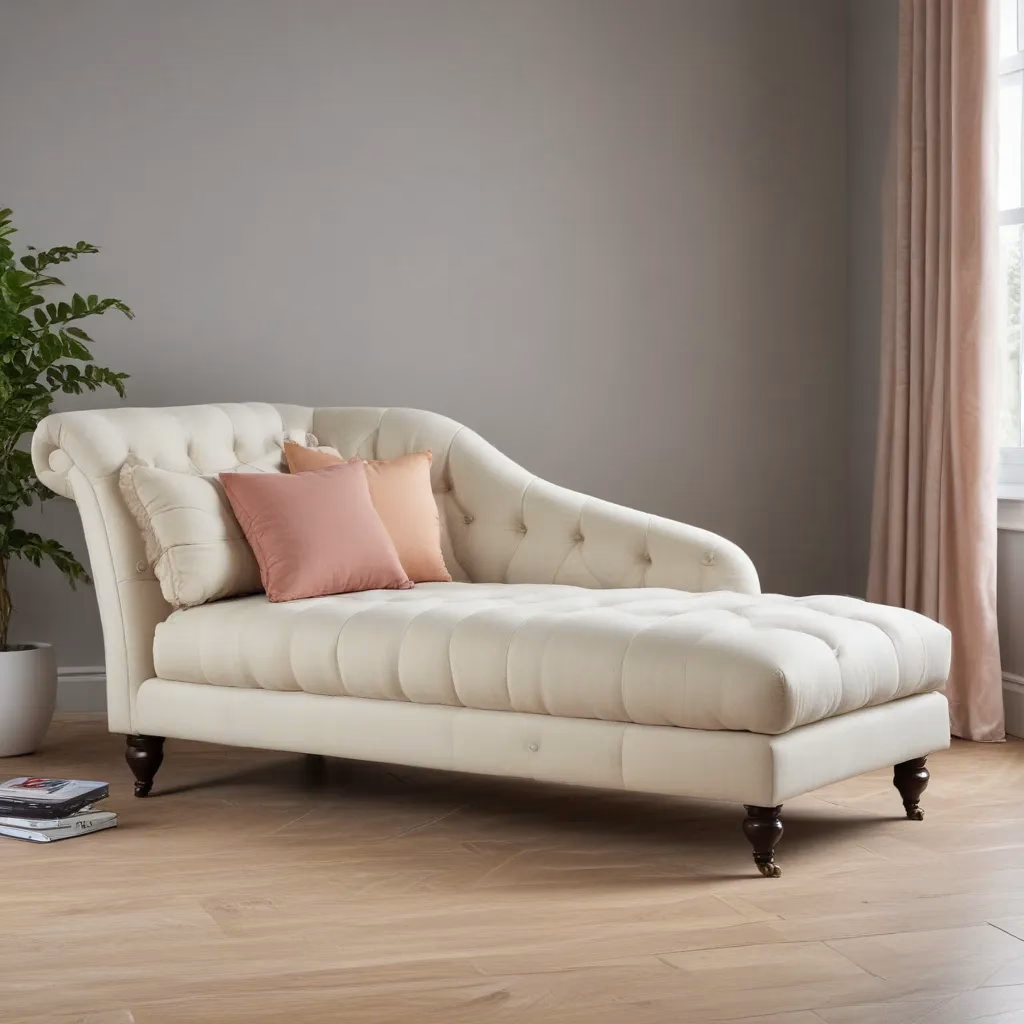
Embracing the Art of Relaxation
As a furniture specialist with years of experience, I’ve seen countless living spaces transformed by the perfect piece. Among all the furnishings that grace our homes, few can match the allure and versatility of a well-crafted chaise. It’s not just a seat; it’s an invitation to unwind, a statement of style, and a testament to the homeowner’s appreciation for comfort.
When I think back to my early days in the industry, I remember being struck by the sheer variety of chaise designs. From sleek modern lines to ornate traditional styles, there truly is a chaise for every taste. But what sets apart a truly exceptional chaise? It’s a combination of factors: the quality of materials, the precision of craftsmanship, and the thoughtfulness of design.
In my experience, the best chaises are those that seamlessly blend form and function. They’re not just beautiful to look at; they’re a joy to use. I’ve spent countless hours testing different models, and I can tell you that the difference between a good chaise and a great one is often in the details you can’t see – the density of the foam, the strength of the frame, the resilience of the springs.
The Anatomy of a Superior Chaise
Let’s break down what makes a chaise truly spectacular. First and foremost, it’s about the frame. In my years of working with furniture, I’ve learned that a solid hardwood frame is essential for longevity. Poplar is a popular choice, and for good reason. It’s strong, durable, and resistant to warping.
The construction technique is equally important. Have you ever wondered why some chaises stand the test of time while others sag after just a few years? The secret lies in how the frame is put together. Traditional joinery methods, like doweling, pinning, and screwing, create a structure that can withstand years of use. It’s a far cry from the mass-produced frames that rely on staples and glue.
Next, let’s talk about comfort. The padding and upholstery can make or break a chaise. High-density foam is a must for maintaining shape and support. But it’s not just about density; the layering of materials is crucial. A combination of foam, batting, and sometimes even down can create a soft yet supportive seat that molds to your body.
| Feature | Benefits |
|---|---|
| Hardwood Frame | Durability, stability, longevity |
| Traditional Joinery | Strength, resistance to sagging |
| High-Density Foam | Shape retention, consistent support |
| Layered Materials | Customized comfort, body contouring |
Customization: The Key to Perfect Relaxation
One of the most exciting trends I’ve observed in recent years is the move towards customization. Gone are the days when you had to settle for whatever was available on the showroom floor. Today, homeowners can tailor nearly every aspect of their chaise to suit their needs and preferences.
This level of customization extends to every aspect of the chaise. From the dimensions to the fabric choice, from the leg style to the cushion fill, everything can be personalized. I’ve worked with clients who’ve created chaises that are truly one-of-a-kind pieces, reflecting their individual style and meeting their specific comfort needs.
The fabric selection process is particularly crucial. It’s not just about aesthetics; the right fabric can significantly impact the chaise’s durability and maintenance requirements. I always advise my clients to consider their lifestyle when choosing upholstery. Do you have pets? Children? Do you entertain frequently? These factors should all influence your fabric choice.
Design Trends in the World of Chaises
As someone who’s been in the furniture industry for years, I’ve seen trends come and go. But when it comes to chaises, certain styles have stood the test of time while evolving to meet contemporary tastes. Let me share some of the most popular design trends I’ve observed:
-
Mid-Century Modern Revival: Clean lines, tapered legs, and minimalist upholstery characterize this enduring style. I’ve seen a surge in demand for chaises that evoke the sleek aesthetics of the 1950s and 60s.
-
Luxe Texture Play: Mixing textures has become increasingly popular. Think velvet upholstery paired with wooden legs, or leather cushions on a metal frame. This approach adds depth and interest to the piece.
-
Modular Versatility: Chaises that can be reconfigured or combined with other pieces are gaining traction. This flexibility appeals to those who like to change their living space layout frequently.
-
Sustainable Materials: There’s a growing interest in eco-friendly options. From recycled fabrics to sustainably sourced wood, consumers are more conscious of their furniture’s environmental impact.
-
Multifunctional Designs: Chaises with built-in storage or those that can convert into beds are perfect for smaller living spaces. I’ve noticed an uptick in demand for these clever, space-saving solutions.
The Art of Placement
Choosing the right chaise is only half the battle. Knowing where and how to place it in your living space is equally important. Throughout my career, I’ve helped countless clients optimize their room layouts, and I’ve learned a few key principles:
-
Consider the Flow: A chaise should enhance, not obstruct, the natural movement through a room. I always advise placing it where it won’t impede traffic flow.
-
Light it Right: Natural light can dramatically affect how a chaise looks and feels. If possible, position it near a window to create a cozy reading nook.
-
Create Conversation Areas: In larger spaces, use the chaise as part of a seating arrangement. It can serve as a stylish alternative to traditional armchairs.
-
Mind the Scale: The size of your chaise should be proportional to the room. In smaller spaces, opt for a more compact design to avoid overwhelming the area.
-
Accent with Accessories: The right throw pillows and blankets can transform a chaise from a simple seating option to a statement piece.
Maintenance: Preserving Your Investment
A high-quality chaise is an investment, and like any investment, it requires proper care to maintain its value and appearance. Over the years, I’ve developed a set of maintenance tips that I share with all my clients:
-
Regular Cleaning: Vacuum your chaise weekly to prevent dust and debris from settling into the fabric. For leather chaises, wipe down with a slightly damp cloth.
-
Prompt Stain Treatment: Act quickly on spills to prevent staining. Always blot, never rub, to avoid spreading the stain or damaging the fabric.
-
Rotation: If your chaise has removable cushions, rotate them regularly to ensure even wear.
-
Professional Cleaning: Depending on usage, have your chaise professionally cleaned every 12-18 months. This deep clean can revitalize the fabric and extend the life of your furniture.
-
Sunlight Protection: Direct sunlight can fade fabrics over time. Use window treatments to protect your chaise from harsh UV rays.
The Future of Chaise Design
As we look to the future, I’m excited about the innovations emerging in chaise design. Technology is playing an increasingly significant role, with features like built-in charging stations and smart fabrics that resist stains and odors becoming more common.
Sustainability is another area where I see significant growth. Manufacturers are exploring new materials and production methods to reduce environmental impact without compromising on quality or style. From recycled plastics to innovative plant-based fabrics, the options for eco-conscious consumers are expanding rapidly.
Personalization is also reaching new heights. With advancements in manufacturing technology, it’s becoming easier and more affordable to create truly bespoke pieces. I’ve worked with clients who’ve used 3D modeling to visualize their custom chaise before it’s built, ensuring every detail is perfect.
Making the Right Choice for Your Home
Selecting the perfect chaise is a deeply personal decision. It’s not just about finding a piece that looks good; it’s about choosing something that enhances your daily life. As you embark on your search for the ideal chaise, keep these factors in mind:
-
Comfort is King: Always test a chaise before buying. Sit, lie down, and really get a feel for it. What feels comfortable in the showroom will feel even better at home.
-
Consider Your Space: Measure your room and doorways carefully. There’s nothing worse than falling in love with a piece only to find it doesn’t fit through the door.
-
Think Long-Term: Choose a style and fabric that you’ll love for years to come. Trendy designs can be fun, but classic shapes tend to have more staying power.
-
Quality Matters: Don’t be afraid to invest in a high-quality piece. A well-made chaise can last for decades with proper care.
-
Trust Your Instincts: At the end of the day, you’re the one who will be living with this piece. Choose something that truly speaks to you.
Conclusion: Your Personal Oasis Awaits
In my years as a furniture specialist, I’ve seen firsthand how the right chaise can transform a space. It’s more than just a piece of furniture; it’s a personal retreat, a style statement, and a daily luxury. Whether you’re curling up with a good book, taking an afternoon nap, or simply enjoying a moment of quiet reflection, a well-chosen chaise provides the perfect setting.
As you embark on your journey to find the perfect chaise, remember that the goal is to create a space that feels uniquely yours. Don’t be afraid to take your time, explore your options, and seek expert advice when needed. And if you’re looking for inspiration or guidance, the team at Sofa Spectacular is always here to help.
Your ideal chaise is out there, waiting to become the centerpiece of your relaxation space. Happy hunting, and may you find the perfect balance of style, comfort, and quality in your new chaise!



